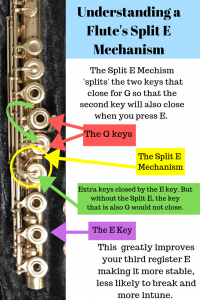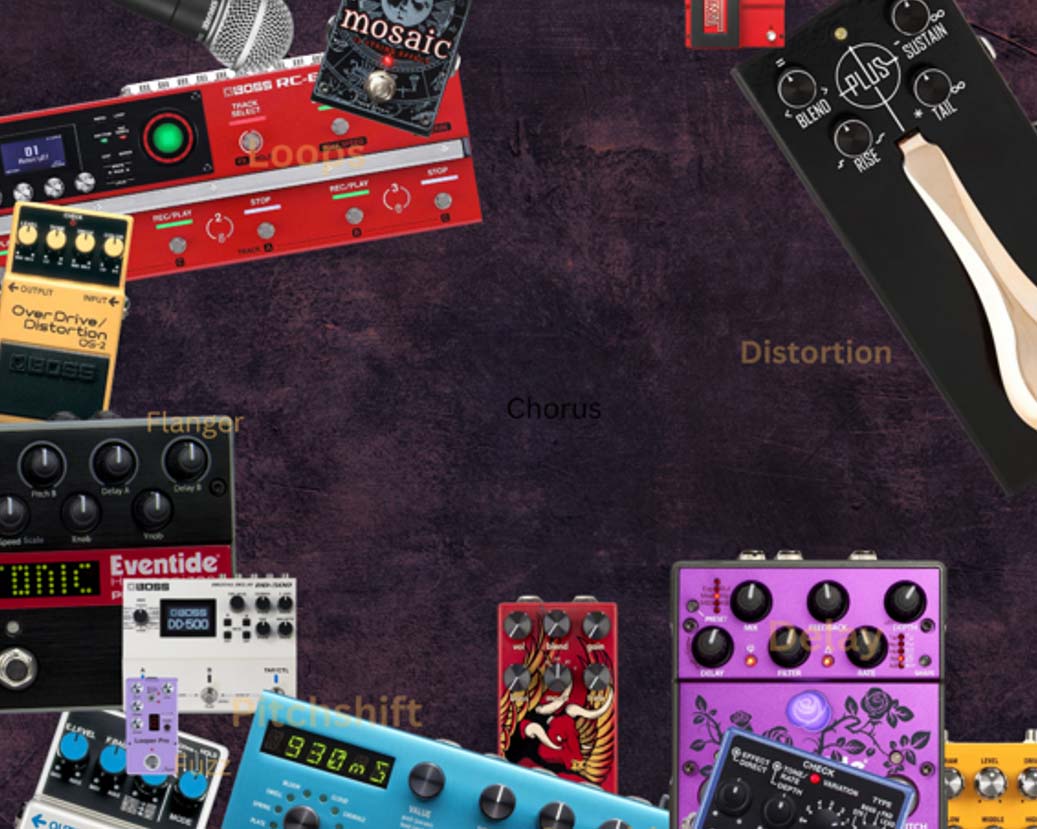
Publicly Christian
As an artist, I have experienced much apprehension in relation to sharing my faith publically. Many times I have felt

If every single person in the world could agree with each other life would be quite simple. If all we had to do was present our point of view using reason and logic so that the other person would understand why our option is ‘better’ so many problems in the world could be resolved. Except life is not that simple. There are other influencing factors that are just as persuasive as logic and reason: personal preference, tradition and motivation are three of them, there are of course many others too.
 Unfortunately, the split E mechanism is one of these things that seems to have the world divided in two. This isn’t particularly helpful if you a parent trying to buy a flute.
Unfortunately, the split E mechanism is one of these things that seems to have the world divided in two. This isn’t particularly helpful if you a parent trying to buy a flute.
One side presents the split E mechanism as an essential requirement for a good flute and I can definitely see where they are coming from. On the flute, the third octave E is very unstable. This happens because a number of our keys have partners. This means that when we press down one key its partner is also pressed down. The mechanism allows one of these pairs of keys to function separately from its partner. This means that when you press the E key down it also presses down its partner plus G’s partner. But the actual G Key is not pressed down, only its partner.
But basically, a split E mechanism increases the stability of the flutes third register E. It also improves intonation and just generally makes the note easier to produce.
The other side argues that it is an unnecessary addition to the flute that bumps up the price and adds extra weight to the instrument. Generally, people in this camp are traditionalists who want to keep the art of flute playing as ‘pure’ as possible. They suggest that if the flute is made well, has a good headjoint and the performer is willing to practice then you don’t need a split E mechanism.
As a flute teacher, my opinion varies depending on the student. I personally recommend all beginners start off with a split E mechanism flute if possible. If you can’t because it really is out of your price range it’s not the end of the world. However, it means you might be required to purchase a step-up flute a year earlier depending on the ability of your child. I find most students will struggle with third register E and any assistance is greatly appreciated. Unfortunately, our education system is highly competitive so students need to be able to keep up with the standard of their year level and a split E mechanism can make this a much more realistic goal.
Another point to consider is that many students won’t be able to afford to upgrade their flute when they need to. This makes purchasing a student flute with a split E mechanism a bit like purchasing a flute with a safety blanket. It means that if the student does struggle with third register E (and most do) they already have the tools they need to concur it. Consequently, they will become less frustrated and will find it easier to postpone upgrading their instrument.

For students looking to upgrade their instrument, I recommend they go and try playing one both with and without a split E mechanism. If they can’t tell the difference I recommend they purchase the one with the split E mechanism because their skills aren’t developed enough to notice the variances. If the student can tell the difference and falls in love with a flute that doesn’t have one, fully understands the potential limitations of not having one, and is willing and motivated enough to put in extra practice then by all means they can purchase the flute without it. It will also pay to have a tuner with you when you are testing flutes.
A split E mechanism cannot be installed on the flute after it is made, it either has it or it doesn’t. There is however an alternative that can be installed if it is necessary called a high E facilitator. This is a small doughnut-shaped device that is placed under the second G key which decreases the amount of air that can escape. Some flutists find them highly effective some don’t. Some people believe that a split E mechanism is more effective than a high E facilitator but I believe this is a matter of personal opinion and preference.
Many flute makers will only offer split E mechanism on flutes with an offset G. While the technology does exist to have them on in-line G flutes it is a more complicated instrument to construct and therefore is only offered by some manufacturers.
I personally started off on a student flute without a split E mechanism and upgraded to an intermediate flute several years later than I should have, due to finances. My new flute has one and I am highly appreciative of anything that makes my life just a little bit easier.
Ultimately the decision is up to the individual flutist.
Show your support by subscribing to our YouTube Channel for new flute music as well as covers of all your favorites. Subscribe Here

As an artist, I have experienced much apprehension in relation to sharing my faith publically. Many times I have felt

With the right combination of music equipment, anything is possible. The Techie Flutist turns your ordinary flute into a polyphonic electric
To receive practise tips, tutorials, specials and all the latest news please sign up for our newsletter. The Techie Flutist Newsletter only goes out once a month and ensure you to never miss out on a concert or special event.
like, follow and subscribe
The Techie Flutist, 2024. All RIghts Reserved.